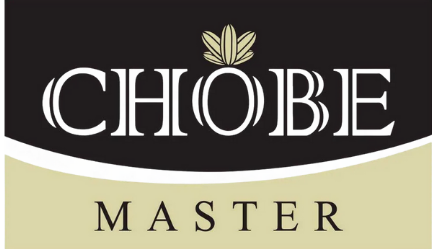
Benefits of Raisin
Raisin are the dried fruit of a particular variety of the grape vine, namely Vitis vinifera and can be eaten directly or used in cooking. Raisin grapes were grown in Egypt and Persia as early as 2000 BC. Numerous grape cultivars are thought to be derived from a single wild species, vinifera. This cultivar mainly grows in the Mediterranean region and crosses with local grape species, vitis to produce new varieties of grapes. The name “Raisin” comes from Latin and means "a cluster of grapes or berries". Raisins are made by drying grape berries through dehydration method. There are 3 conventional methods of processing raisins: sun drying, artificial drying and treatment with sulphur dioxide.
Raisin are often eaten as snack, used as salad topping or added to baked goods. It is also known as “Sunnah” food of Prophet Muhammad (SAW) for its high energy content to avoid fatigue. This is because it contains fructose, which can be broken down quickly for energy recovery. Dried raisins are naturally sweet, but are high in sugar content. However, eating them in moderation is good for our health. Raisin contains no cholesterol or fat. Compared with fresh grapes, raisins contain more fiber, vitamins, minerals and antioxidants. It contains minerals such as iron, potassium, magnesium, calcium and vitamins B1, B3 and B6. Raisins produced from red and purple grapes generally have a higher antioxidant content.
Types of raisin
There are different types of raisins on the market depending on the color of the grape berries and the treatment they have undergone. The following table shows the different types of raisin:
Sultana Raisin
- Dark or light brown in color.
- From Vitis vinifera species.
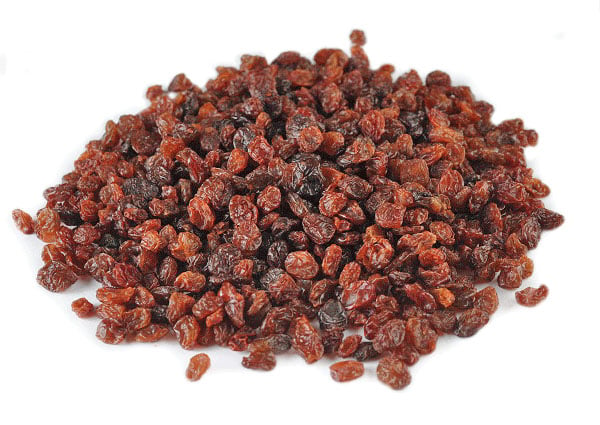
Golden Long Raisin
- Golden yellowish to bright green colour
- Long skinny shape
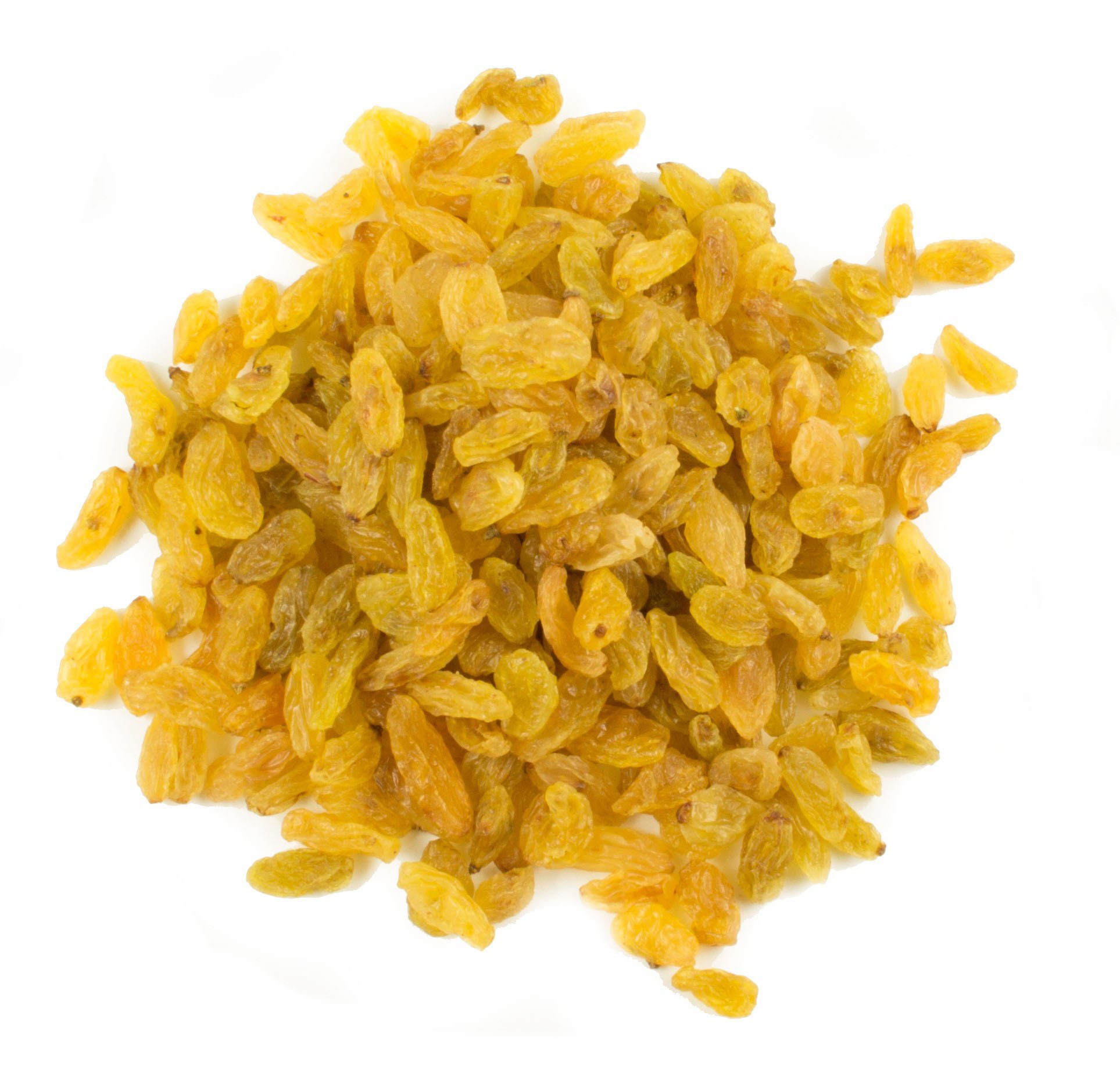
Green Jumbo Raisin
- Greenish and long in shape
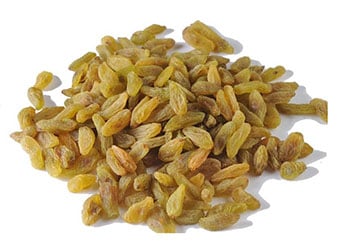
Golden Raisin
- Produce from Thompson seedless grapes
- Treated with sulphur dioxide to preserve colour
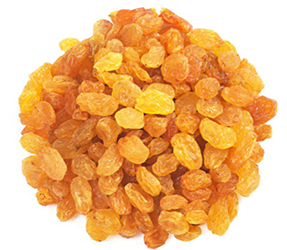
The Raisin powder used in our product, Chobe Master (Goats Milk and Kurma) is actually produced from Sultana raisin. The name “Sultana” is actually representing the feminine form of Sultan. Sultana raisin was produced from seedless white-fleshed grapes and undergo special treatment by coated in an oil-based solution to speed up drying process. Sultana raisin was famous for its delicate flavour, chewy texture and sweetness. It was considered to be a healthy substitute for sweets in nature due to its multiple health benefits. The phenolic compounds in Sultana have a high antioxidant activity which can protect human body from free radicals. Sultana raisins also contained a wide range of minerals such as calcium, copper, iron, magnesium, zinc and so on. The excellent iron and copper content in Sultana raisin plays an important role in the formation of red blood cells and prevent iron deficiency.
Benefits of Raisin
The consumption of raisins is associated with better nutrient intake which is beneficial to human body. The sugar in raisins have been known to improve brain thinking. Raisins have been recommended for children’s intake as it is good for stimulating their minds. The high potassium and low sodium content of raisins also help to control LDL (Low-density lipoprotein) level, thereby reducing the risk of cardiovascular disease. The regular intake of raisin may also help to control blood glucose level and blood pressure.
Raisins have also been found to aid in digestion by softening the stools and help to prevent constipation. The fiber in raisins can help to promote the health of the digestive system by removing toxin substances from the digestive tract. Besides, raisins also contained phytochemicals that help to maintain healthy teeth and gums by preventing the growth of bacteria in mouth. The trace element boron in raisins can work together with calcium to promote bone health, thereby reducing the risk of osteoporosis.
Reference
1. Al-Alawi, R. A., Al-Mashiqri, J. H., Al-Nadabi, J. S., Al-Shihi, B. I., & Baqi, Y. (2017). Date palm tree (Phoenix dactylifera L.): natural products and therapeutic options. Frontiers in plant science, 8, 845.
2. Ghnimi, S., Umer, S., Karim, A., & Kamal-Eldin, A. (2017). Date fruit (Phoenix dactylifera L.): An underutilized food seeking industrial valorization. NFS journal, 6, 1-10.
3. Ali, A., Waly, M., Essa, M. M., & Devarajan, S. (2012). 26 Nutritional and Medicinal. Dates:production, processing, food, and medicinal values, 361.
4. Khalid, S., Khalid, N., Khan, R. S., Ahmed, H., & Ahmad, A. (2017). A review on chemistry and pharmacology of Ajwa date fruit and pit. Trends in food science & technology, 63, 60-69.
5. Elliott, B. (2018). 8 Proven Health Benefits of Dates. https://www.healthline.com/nutrition/benefits-of-dates[5 Mac 2021]
6. Sass, C (2020). 7 Health Benefits of Dates, According to a Nutritionist. https://www.health.com/nutrition/groceries/health-benefits-dates[5 Mac 2021]
7. Ghrairi, F., Lahouar, L., Brahmi, F., Ferchichi, A., Achour, L., & Said, S. (2013). Physicochemical composition of different varieties of raisins (Vitis vinifera L.) from Tunisia. Industrial crops andproducts, 43, 73-77.
8. Schuster, M. J., Wang, X., Hawkins, T., & Painter, J. E. (2017). A Comprehensive review of raisins and raisin components and their relationship to human health. Journal of Nutrition and Health, 50(3), 203-216.
9. Johnson, J. (2019). What to know about raisins? https://www.medicalnewstoday.com/articles/325127[9 Mac 2021]
10. Fulgoni III, V. L., Painter, J., & Carughi, A. (2017). Association of raisin consumption with nutrient intake, diet quality, and health risk factors in US adults: National Health and Nutrition Examination Survey 2001–2012. Food & nutrition research.
11. Levy, J. (2019). Sultanas vs. Raisins: Similarities and Key Differences. https://draxe.com/nutrition/sultanas-vs-raisins/[9Mac 2021]
